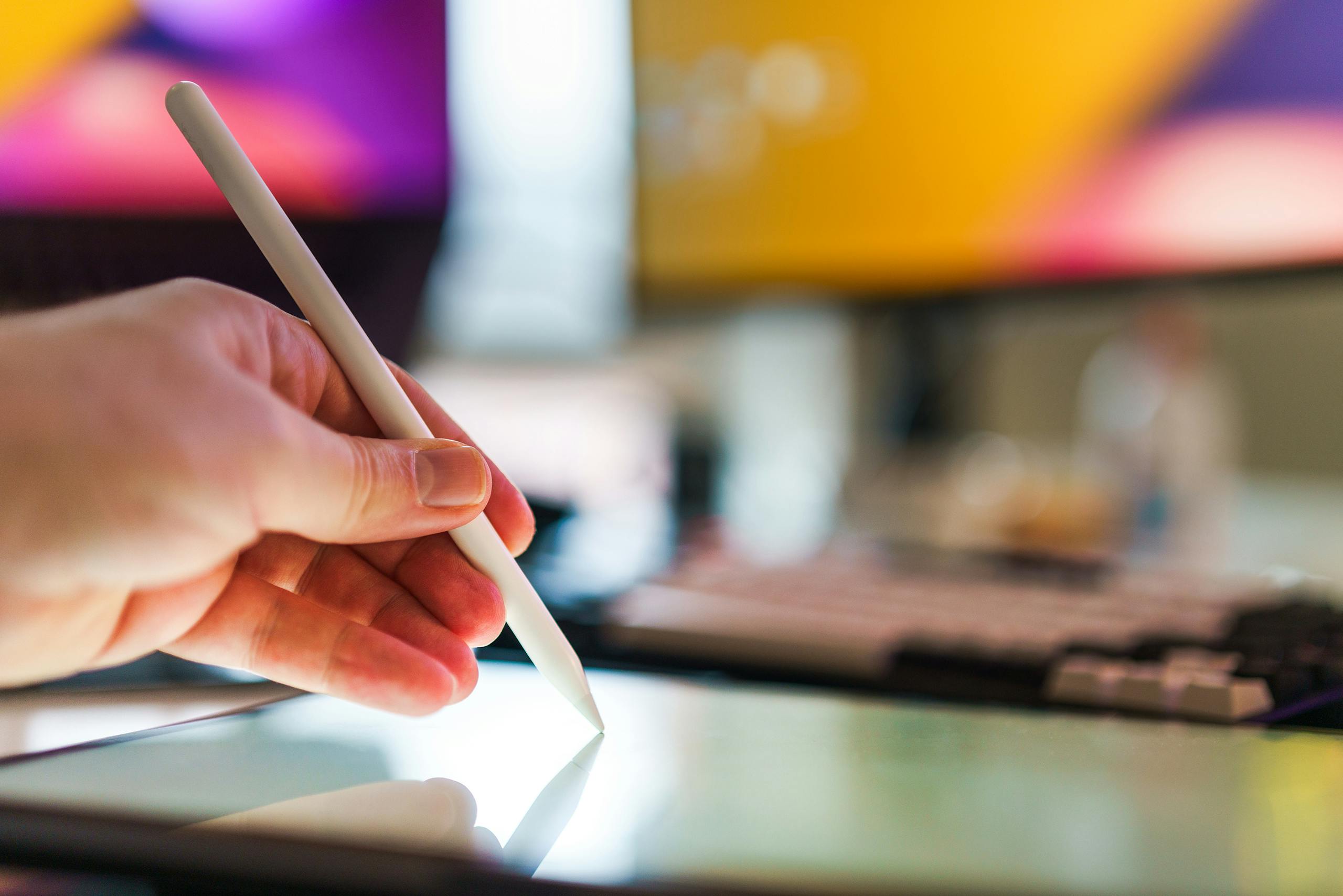How to Start Your Journey in Graphic Design with No Previous Experience? 🚀🖌️
Graphic design might seem like a creative field reserved for naturally gifted artists, but the truth is, anyone can learn it — even if you’ve never touched Photoshop or Illustrator before. The digital era has made it easier than ever to start from scratch and build a professional design skillset with no prior background. Whether you want to design for your business, freelance, or simply explore your creativity, all you need is curiosity, practice, and the right roadmap.
In this guide, we’ll walk you through step-by-step strategies on how to become a graphic designer without previous experience. You’ll learn about the must-have tools, the free and paid resources available, how to practice effectively, and tips to land your first design projects. The journey is both exciting and challenging — but remember, every expert once started as a beginner.
By the end of this article, you’ll have a clear plan for kickstarting your design career, plus practical tips to stay motivated and consistent. Let’s dive into the creative world of colors, shapes, and ideas, and start turning your imagination into visual stories that inspire and connect with people. 🚀🖌️
1. Understand What Graphic Design Really Is
Before jumping into tools and tutorials, you need to understand what graphic design actually means. It’s more than just making things “look pretty” — it’s the art and science of communicating messages visually. Graphic design is used in branding, advertising, social media, packaging, websites, and countless other areas.
Familiarize yourself with the core principles: balance, contrast, hierarchy, alignment, repetition, proximity, and space. These fundamentals are what make designs effective, whether you’re creating a logo or a billboard. Resources like Canva’s Design School or Adobe Creative Cloud tutorials are great starting points.
2. Start with Beginner-Friendly Tools
If you’re completely new, jumping into advanced software like Adobe Illustrator can feel overwhelming. Instead, start with beginner-friendly tools that are intuitive and often free. Canva, Photopea, and Figma are excellent options to start practicing without spending a cent.
Once you’re comfortable, you can explore industry-standard tools like Adobe Photoshop, Illustrator, or InDesign. If you’re interested in student discounts or trial versions, check Adobe’s official offers here.
3. Learn the Basics of Color, Typography, and Layout
Good design is about more than just nice images. You need to understand how colors work together, how typography conveys tone, and how to arrange elements for maximum impact.
Websites like Adobe Color can help you experiment with palettes, while Google Fonts offers hundreds of free typefaces to try. Study design layouts by analyzing magazines, websites, and posters — see how professionals use space and text hierarchy to guide the viewer’s eye.
4. Practice by Recreating Existing Designs
One of the fastest ways to improve is by recreating designs you admire. Pick a poster, social media post, or flyer, and try to replicate it as closely as possible. This exercise trains your eye for detail and helps you understand how different elements work together.
Don’t worry if your first attempts aren’t perfect — with each project, you’ll notice your speed and precision improving.
5. Build Your First Portfolio
Even if you haven’t done client work yet, you can still create a beginner portfolio. Include your practice projects, personal creative work, and redesigns of existing materials.
You can showcase your portfolio on free platforms like Behance or Dribbble. If you have a small budget, consider building a personal website using platforms like Wix or WordPress. For inspiration, check out Seif’s creative community where designers share and grow together.
6. Learn from Free and Paid Courses
Investing time in structured learning is a game changer. Platforms like Udemy, Skillshare, and Coursera offer beginner-friendly courses. Many even provide certifications you can add to your CV.
If you want to learn practical design for business branding, join this WhatsApp channel for tips and tutorials in multiple languages.
7. Network and Get Feedback
Design doesn’t happen in isolation. Join design communities like Reddit’s r/graphic_design or Facebook design groups to share your work and get constructive feedback.
Networking also opens doors for collaboration and freelance opportunities. You can connect with others in the WhatsApp group for creatives to exchange ideas and projects.
8. Start Small and Keep Improving
Your first paid project doesn’t have to be a huge brand campaign. Start with small jobs — designing social media graphics for friends, making flyers for local events, or offering logo designs on freelance platforms like Fiverr and Upwork.
Every project is a chance to grow your skills and confidence.
Conclusion
Starting your graphic design journey with no experience might feel intimidating, but with today’s resources and communities, it’s entirely possible to grow from beginner to professional. The key is consistency, curiosity, and a willingness to learn from every project.
With the right mindset, tools, and community support, you can transform your creative ideas into powerful visual designs that stand out. So grab your laptop, open your favorite design tool, and start creating today! 🚀


